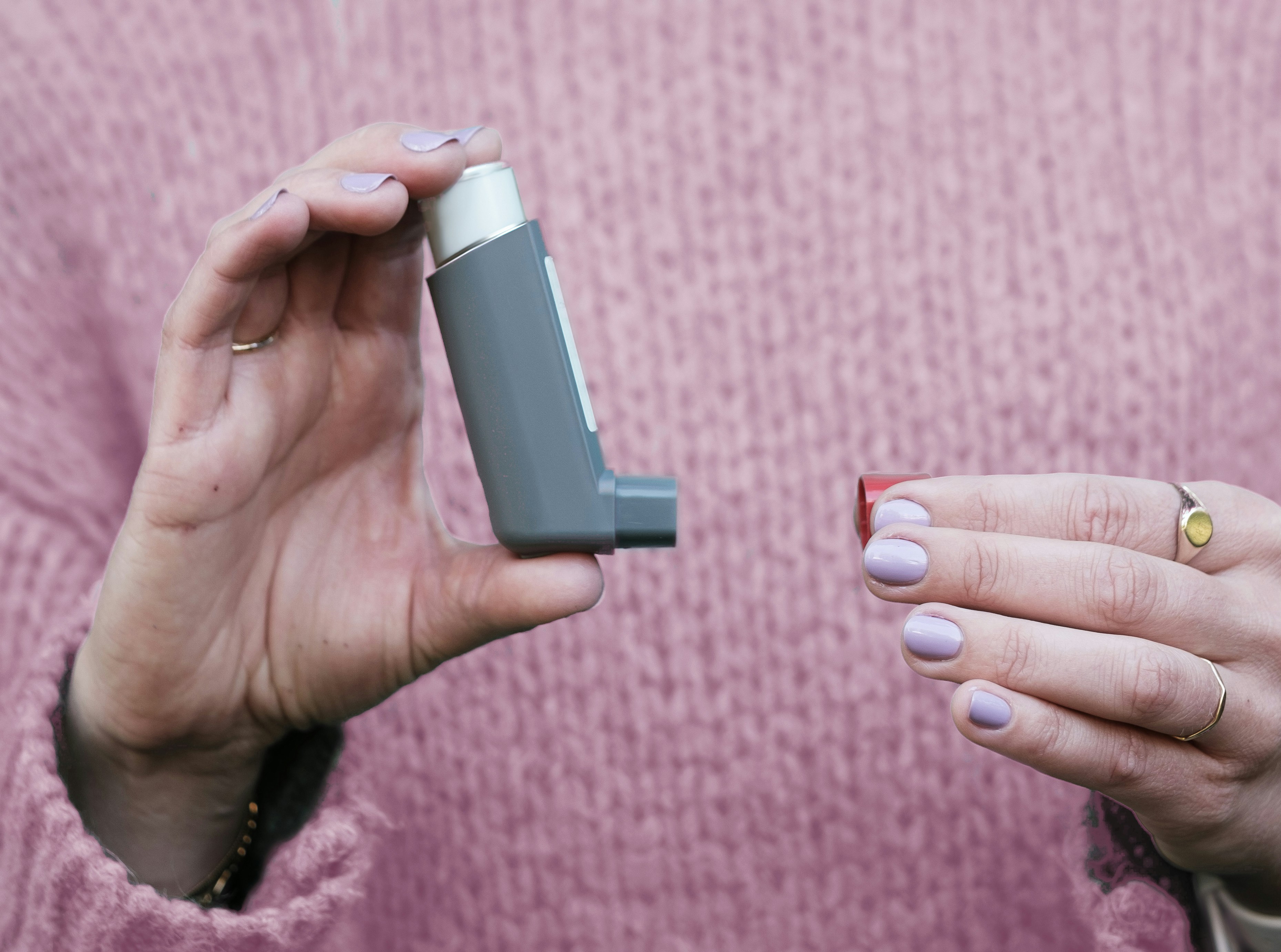We’re used to the intense summer heat here in North Central Florida, and we shouldn’t expect that to change anytime soon. But as we’ve all been focusing on staying cool, drinking enough water, and staying out of the sun when we can, there's a hidden risk creeping inside our homes, schools, and businesses…
Mold.
Most people think mold is only caused by flooding or visible water damage, but the truth is, mold loves heat and humidity. During our hot summer months, even “clean” buildings can become the perfect breeding grounds for hidden mold growth. And the longer these conditions persist, the more likely it is that mold will take root in places you might never expect.
At All Pride Environmental & Restoration LLC, we help families, schools, and businesses protect their indoor environments through professional air quality testing and mold remediation. If your HVAC is struggling to keep up with this season’s intense heat, it’s more important than ever to understand how mold forms and what you can do to stop it before it starts.
How Heat and Humidity Fuel Mold Growth
Mold thrives when three main conditions are present: moisture, warmth, and a food source. Right now, that trio is abundant in buildings all across the Southeast. Long, hot days mean HVAC systems are working overtime, and when those systems can’t keep up, or when they’re improperly maintained, indoor humidity can quickly climb. Combine that with warm temperatures and the organic material found in drywall, insulation, dust, and even upholstered furniture, and you have the perfect recipe for mold growth.
What makes mold so tricky is how easily it hides. It often starts behind walls, inside HVAC ductwork, or in attics and crawlspaces where it can flourish unnoticed. And once mold takes hold, it spreads rapidly, especially in dark, humid conditions.
The Health Risks of Hidden Mold
Not all mold is toxic, but that doesn’t mean it’s harmless. Even small, hidden colonies can release spores into the air, triggering a range of health issues. People with asthma or allergies are especially sensitive to mold, but even those without preexisting conditions can experience symptoms such as coughing, sneezing, itchy eyes, fatigue, or skin irritation. In school or office settings, where dozens of people may be exposed to the same air, these symptoms can quickly become widespread.
In more serious cases, long-term mold exposure can exacerbate chronic respiratory conditions or lead to more complex health problems. For families with children, elderly adults, or immunocompromised individuals, this isn’t a risk you want to take lightly.

Why You Might Not See the Problem
One of the most frustrating things about mold is that it often remains hidden until the damage is done. That musty odor you can’t quite place or the unexplained health symptoms among your family or staff may be the only warning signs. And while a few dark spots on the ceiling or behind the fridge may seem minor, they often indicate a much larger problem beneath the surface.
Mold can definitely damage your health, but it also puts your property at risk. Over time, it can weaken drywall, eat away at wood framing, and destroy insulation. Mold growth inside your HVAC system can spread spores throughout your building and force expensive repairs. What starts as a hidden issue can quickly evolve into a costly, time-consuming problem.
Don’t Forget About Your HVAC System
Your HVAC system is your first line of defense against indoor mold, but only if it’s functioning properly. When your system is clogged, dirty, or outdated, it can actually contribute to the problem. Dust buildup, clogged filters, and leaky ductwork can all trap moisture and organic debris, creating ideal conditions for mold.
Regular maintenance is essential, especially during periods of extreme heat.
- Replace your air filters on time
- Clean out ducts
- Check for condensation or leaks
These tasks can help keep your system running efficiently and your indoor air safer. If your HVAC system isn’t dehumidifying your space effectively, you may need to consider additional air quality solutions or get a professional inspection to assess the risk of mold growth.
How All Pride Environmental Can Help
At All Pride, we understand how overwhelming it can be to think about hidden mold. That’s why we offer comprehensive indoor air quality testing and remediation services designed to give you peace of mind. Our team uses industry-standard tools like thermal imaging, air sampling, and moisture meters to uncover what the eye can’t see. If mold is present, we create a targeted, step-by-step remediation plan and ensure the space is safe again with post-remediation clearance testing.
We also help assess HVAC systems and identify environmental conditions that could lead to future mold growth. Whether you’re a homeowner concerned about your family’s health, a school trying to keep students safe, or a restoration professional looking for a reliable partner, we’re here to help you act before mold becomes a major issue. The best time to address mold is before it becomes visible. During periods of especially high heat and humidity in Florida, it’s a smart move to schedule an indoor air quality assessment, especially if your building has poor ventilation, a history of leaks, or recent HVAC issues. You don’t have to see mold for it to be a problem. You just have to know where to look.
If you suspect your indoor environment might be at risk, or if you simply want the assurance of clean, breathable air, reach out to the All Pride Environmental & Restoration team. We’re standing by to schedule your air quality test or mold inspection and help you take the next step toward a healthier, safer space.

.png)

.png)




.png)